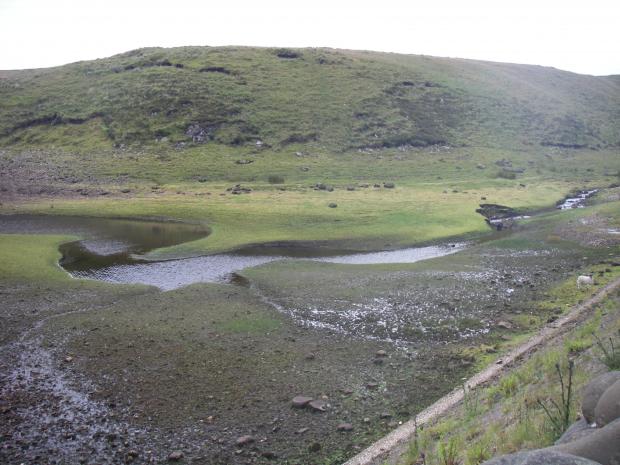
The area is of special scientific interest because of its earth science features, and its fen communities and rare plants. The Carey Valley area is of importance in understanding the recent glacial history of Northern Ireland. The landscape of this area has been defined by events that occurred towards the end of the last Ice Age, between 17,000 and 13,000 years ago, a period of gradual climatic warming. The area contains meltwater channels, glaciofluvial terraces and a flat topped Gilbert type delta in pristine condition. The area is of national importance as an example of a deglacial landform association. It also contains nationally important exposures of the Dalradian age Runabay Head Formation of the Southern Highland Group.
Of particular importance is the presence of a small population of yellow saxifrage and the fen communities associated with Loughareema. Yellow saxifrage is known only from a small number of sites in the north-east of Northern Ireland and from Fermanagh. Typical associated species include glaucous sedge,red fescue, jointed rush, lesser clubmoss, grass-of-Parnassus,occasional coltsfoot and a range of bryophytes including calk comb-moss, curled hook-moss and marsh bryum.
The fen communities around Loughareema are concentrated to the west of the road which remains permanently flooded unlike most of Loughareema which is subject to periodic drainage. The fen communities are more extensive and diverse to the south, where a series of flushes and soaks are concentrated into a narrow gully feeding into the Lough.
Carey Valley also provides a mosaic of upland habitat that is valuable for associated invertebrates, birds and animals, including common lizard.
Related articles
- ASSI Guidance for Public Bodies/Competent Authorities
- Coastal Areas of Special Scientific Interest
- Conservation Management Plans (CMPs)
- European Marine Sites - Marine Special Areas of Conservation and Special Protection Areas
- Introduction to Conservation Management Plans (CMPs) for Northern Ireland’s Special Areas of Conservation
- Marine Conservation Zones
- Marine Protected Areas
- Marine Ramsar sites
- Special Areas of Conservation
- Special Areas of Conservation for Harbour porpoise
- Special Protection Areas
